A Condo Tower Grows at Union Theological Seminary in Morningside Heights
By Rebecca Baird-Remba March 30, 2023 8:00 am
reprints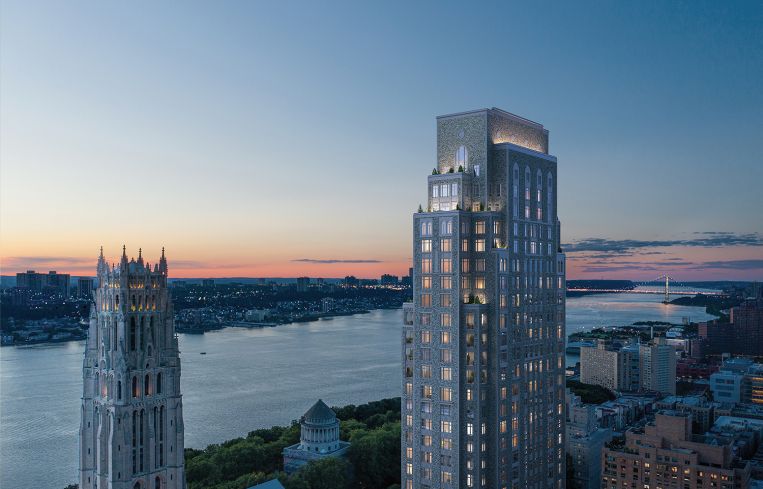

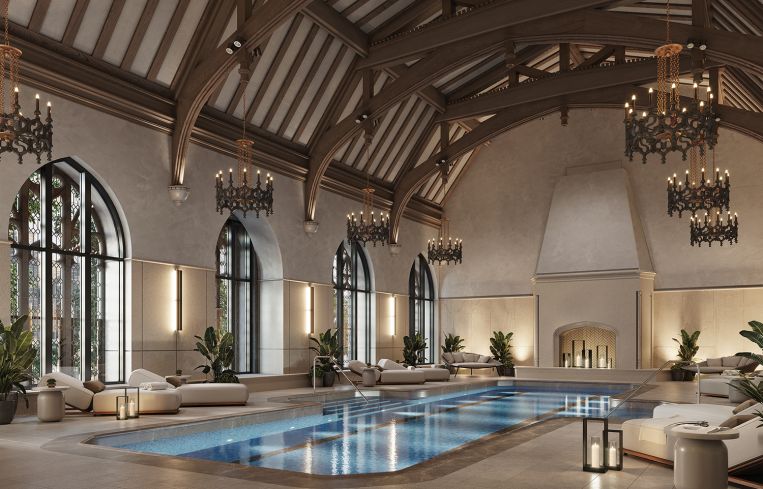
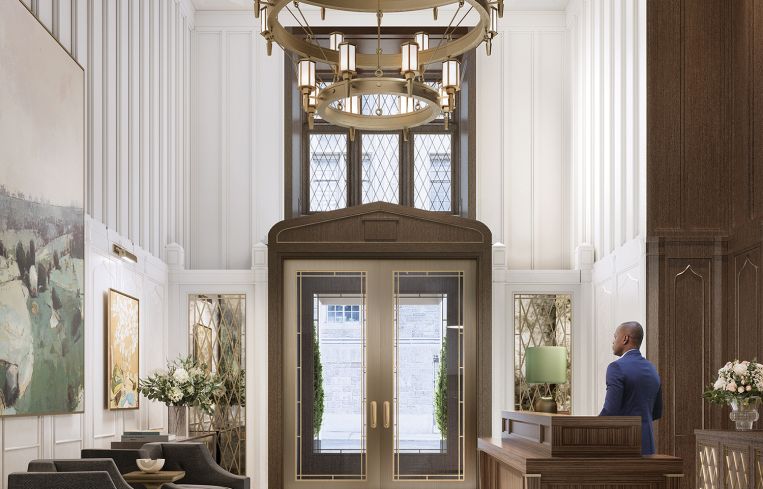
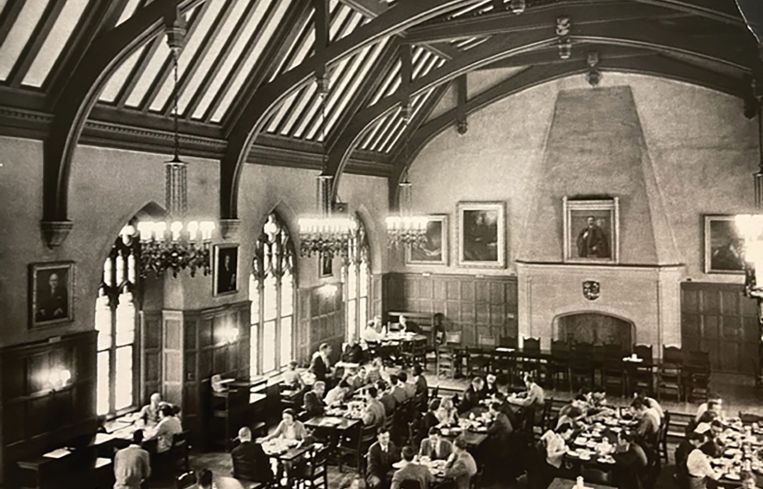
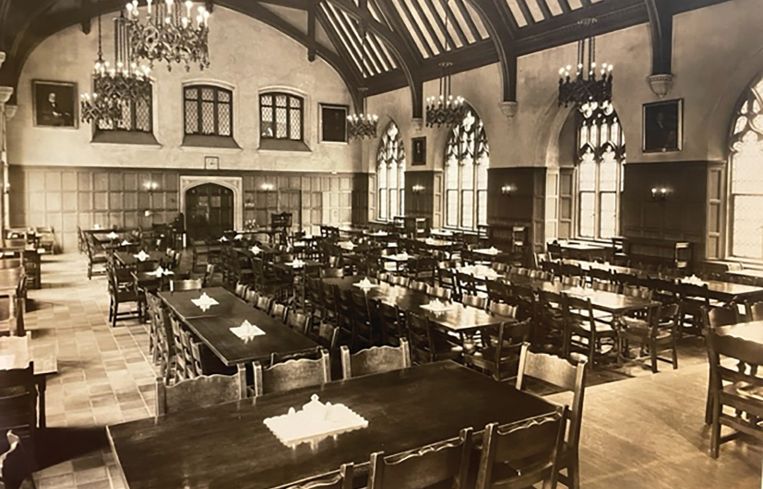

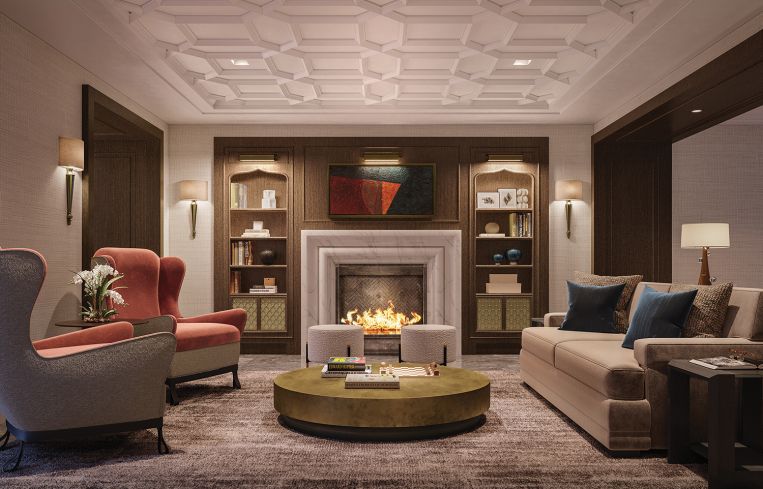
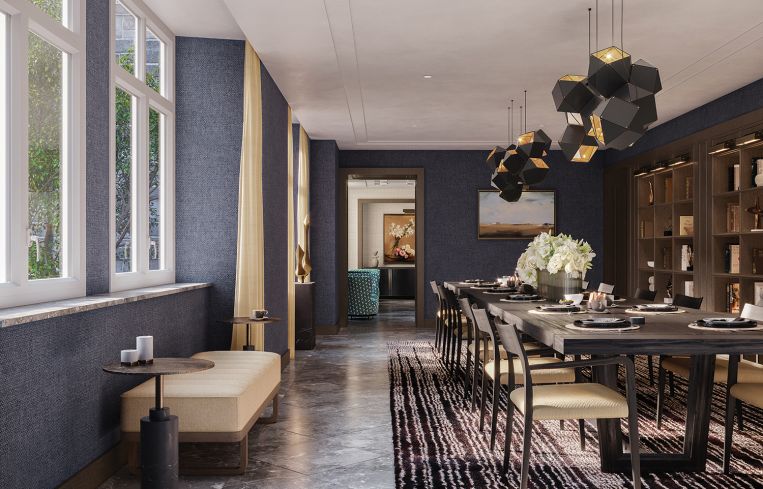
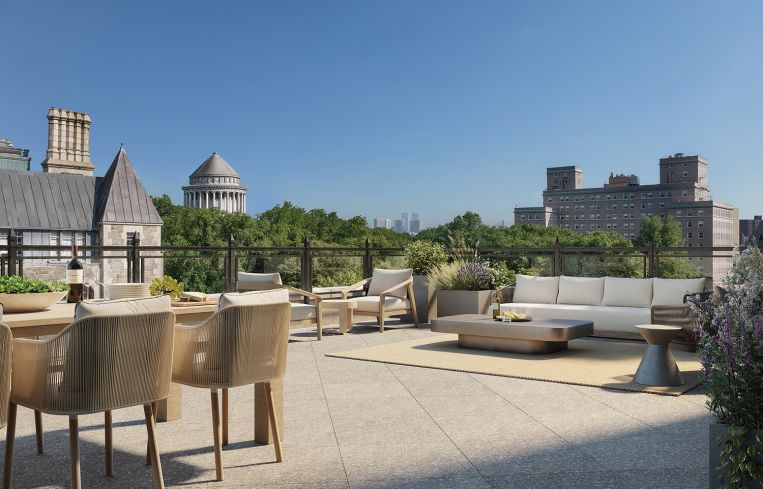
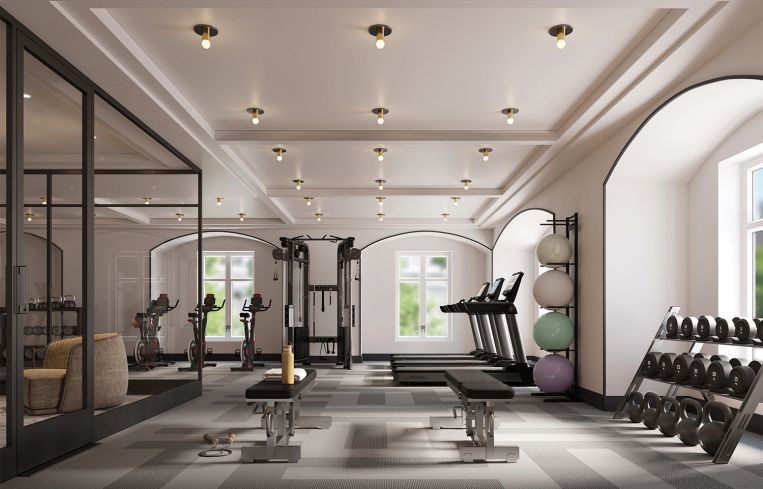
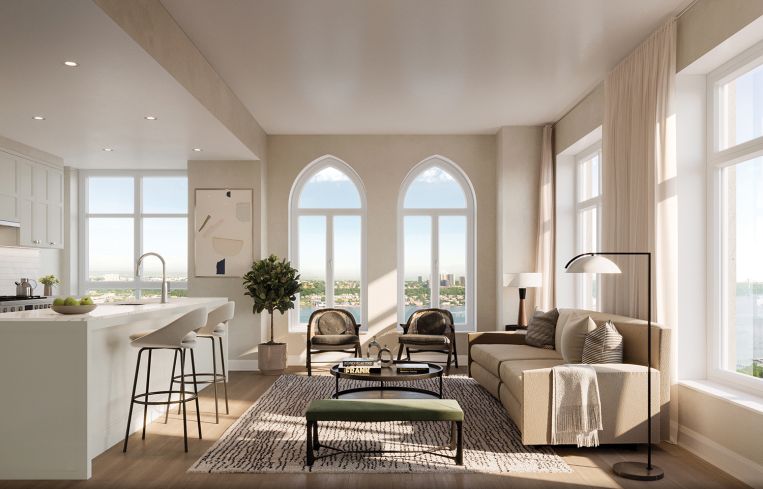
When Union Theological Seminary realized it would need $150 million to renovate its early 20th century Gothic Revival campus in Manhattan’s Morningside Heights, its administrators did what so many religious institutions in New York City have done: They turned to real estate developers for help.
And so it came to be that Lendlease, Daiwa House Texas and LMXD — an arm of L+M Development Partners — are developing a 41-story condo building on the seminary’s partially landmarked campus. It includes 165 market-rate condos, 29 faculty apartments and 54,000 square feet of classroom space for the seminary. The developers have covered the building, named Claremont Hall, in precast concrete colored to look like limestone and topped it with brick that aims to resemble the Manhattan schist covering the adjacent buildings.
“We’ve exploited Gothic ideas and made them modern,” said Sargent Gardiner, a partner at Robert A.M. Stern Architects, which is overseeing the design. “Our precast [facade] panels are huge. So each one of these panels is made out of colored concrete, then brick is laid onto it like a frosting. What is visible looks like fancy limestone.”
Construction started just before the pandemic in February 2020 and is set to wrap this fall. The architects said they’ve had to switch out a number of finishes and appliances, but the project has still come together within a reasonable budget.
“It’s had a tight budget, and we’ve achieved everything we set out to do,” said Gardiner. “The subcontractor pricing has been an incredible moving target. We’ve been very agile as pricing has gone through the roof. The real achievement is that we’ve gotten the building built during the pandemic.”
Part of the challenge involved protecting and rehabilitating some of the historic structures located a few feet from the new condo tower. The seminary’s former refectory — a dining hall — has been converted to a pool. The refectory itself is faced with the same gray stone as the rest of the campus, and has unique timber beams along the ceiling. CetraRuddy designed the amenity areas, including the pool, and tried to keep the refectory’s historic elements.
The timber truss system along the ceiling was restored, while dark wood panels along the building’s walls were removed. The walls were repainted a light gray, and the floors were replaced with porcelain and stone flooring. The architects also worked with an Italian tile company to create Gothic Revival-inspired wall mosaics.
The original Gothic windows on the refectory also stayed, and were protected from moisture with a second set of windows installed on the inside. A traditional wood-burning fireplace on one side of the room was filled in and replaced with a gas fireplace on the opposite side of the room.
The pool is a two-lane, 48-foot-long saltwater lap pool with sets of deep stairs where swimmers can sit and relax, and there are soft lounge chairs around the pool for residents of the condo building.
“We have all kinds of seating; even if you don’t swim, you can come down and do some work or watch the snow fall or listen to music,” said Nancy Ruddy, the lead architect and a principal at CetraRuddy. “It’s really this retreat in the middle of the city, and it goes to the goal of the building.”


